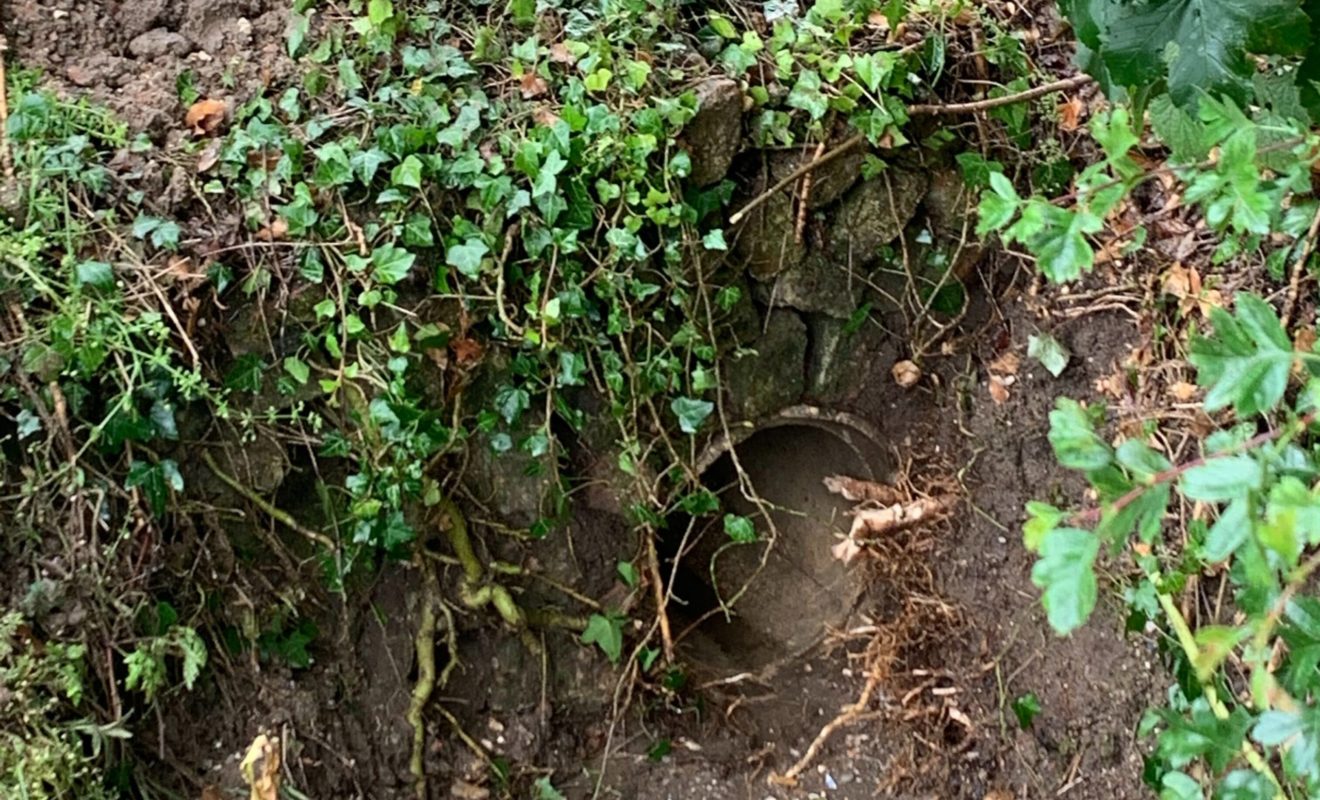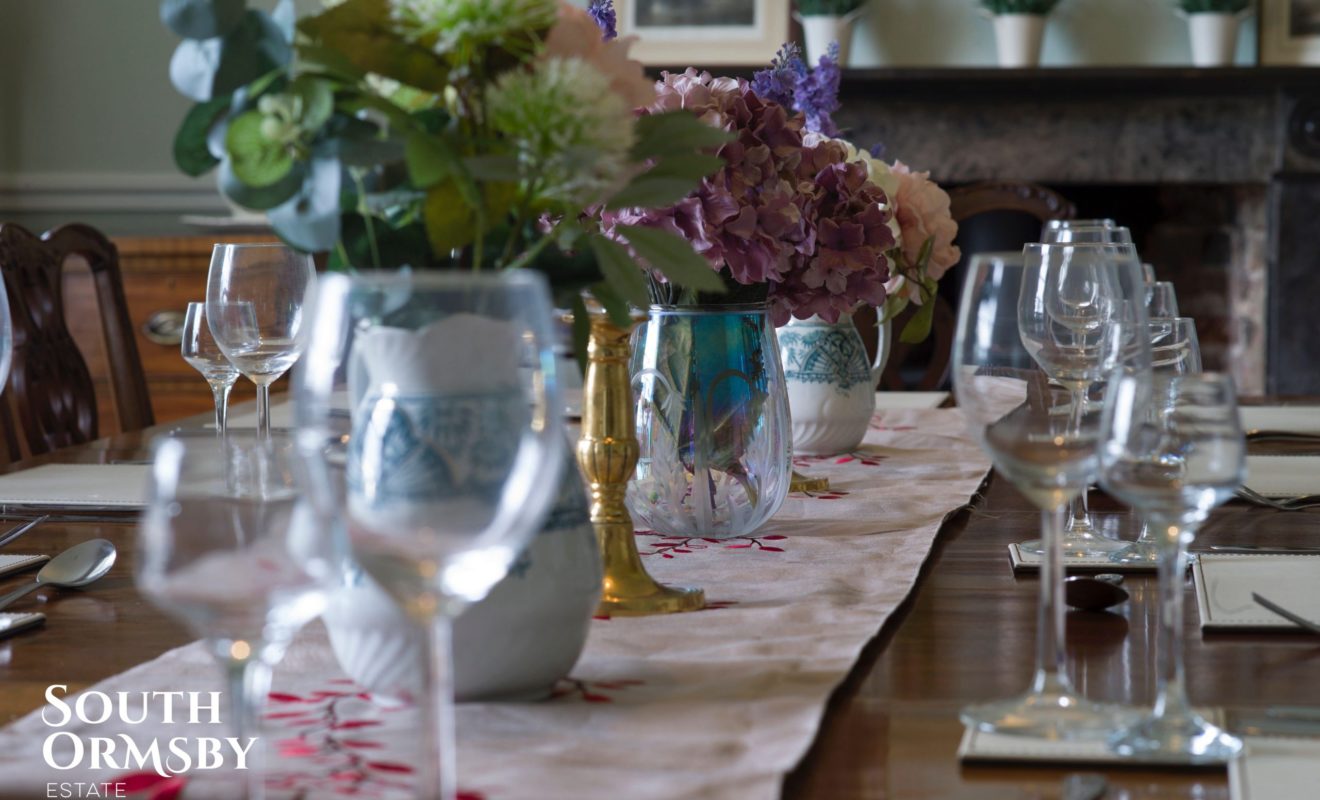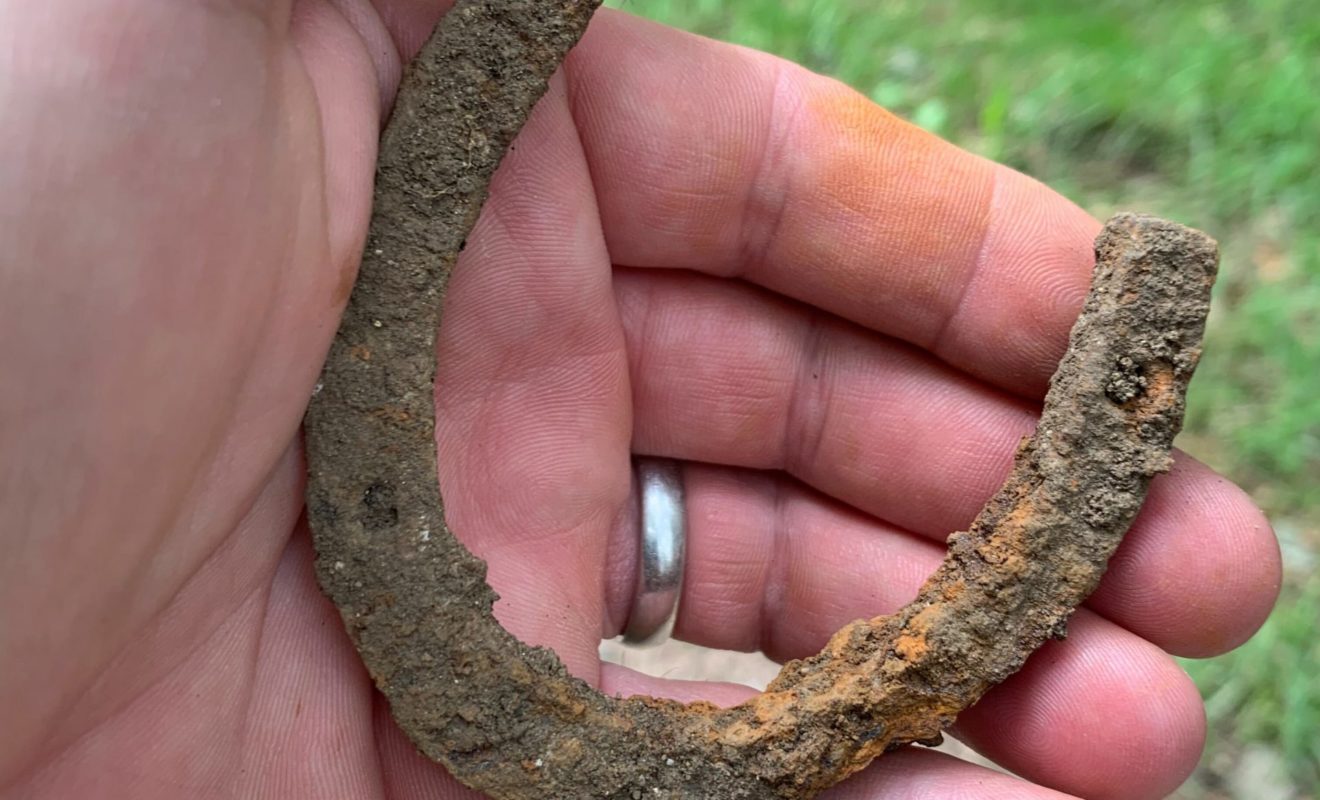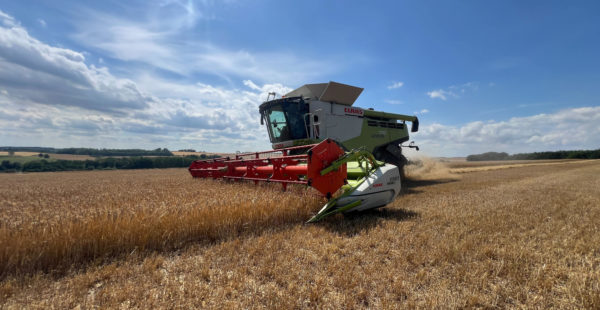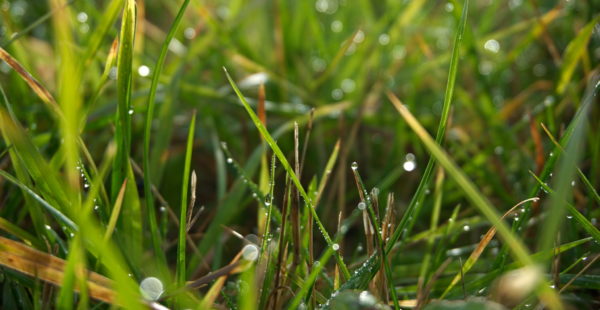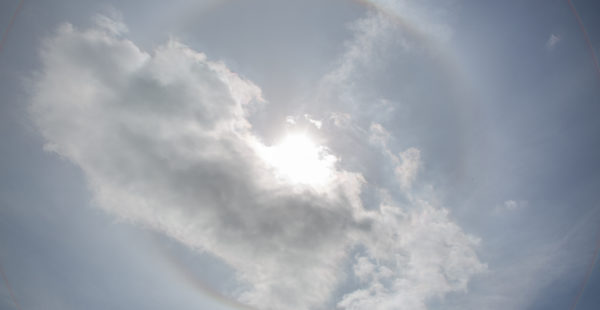A Week on the Estate: A Fodder Crop, An Unblocked Culvert & A Lucky Horseshoe
The cool, damp aspect of our summer persisted this week, and the land continued to thrive on it. It’s hard to believe how quickly the seasons have rolled along this year. We’ll soon be thinking about the harvest.
Our pea and barley mix is certainly getting close to being mown and baled. The under-sown grass and clover will soon get more sunlight, which will help to fix some free nitrogen. Pea and barley together form an arable-break fodder crop, which we’ll feed to our finishing cattle as it’s high in protein and a more sustainable option than buying in grains or soya. The combination also improves the nitrogen for the next crop and, because it’s cut early, helps to suppress weeds and reduces the need for spraying.


